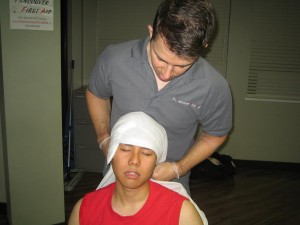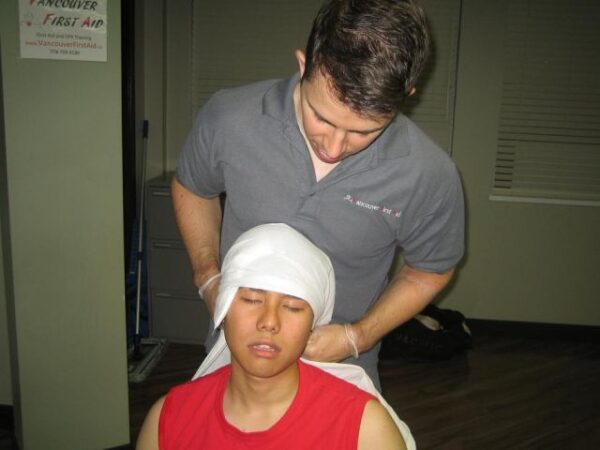Overview Of Headaches/Migraines
- For most individuals, a headache happens infrequently and can be quickly managed by eating something, a short nap or some painkillers.
- Most migraines and headaches are sore but harmless and can be alleviated with some pills.
- Only some indicate an underlying issue. These more severe headaches are often supplemented by other symptoms. For instance, a headache with a rash, including a very high temperature could be meningitis.
- Get medical assistance straight away if your headache occurs unexpectedly, particularly after direct force sustained to the head, or if you experience some drowsiness.
- Discomfort increases within 2 hours, developing posteriorly and becoming drawn-out
Migraines
- Migraines are more severe than a normal headache.
- Attacks, which can last for up to 3 days, can be totally incapacitating, and can prevent individuals from completing their normal everyday activities.
- There is no precise cure for migraines, but it is possible to manage them with a variety of treatments.
Migraine Triggers
Certain aspects that can activate attacks in vulnerable individuals have been identified. These contain:
- Emotional anxiety, such as rage, strain or shock.
- Physical anxiety, such as too much pressure.
- Diet, such as irregular meals, alcohol (particularly red wine) or spices.
- Environmental causes, such as lights, PC screens, smoking or loud sounds.
- Hormonal causes, such as menstruation, puberty or pregnancy.

Migraines are more severe than a normal headache. Attacks, which can last for up to 3 days, can be totally incapacitating, and can prevent individuals from completing their normal everyday activities. - Blood pressure that is high, straining on the eyes or using sleeping pills.
- Migraines can last for up to 72 hours in severe cases.
- People are sensitive to light when experiencing a headache or migraine.
- Can become worse if a person moves a lot are does physical activity, the best thing to do is to rest until the migraine is gone.
Painkiller Headaches
- Pain relievers can help alleviate headaches, but it’s possible to get addicted to them, resulting in rebound headaches referred to as painkiller headaches.
- The disorder can take place with misuse of any sort of painkiller.
- If you take pills to manage headaches more than 2 days per week, you’re in danger of painkiller headaches.
- Check in with your doctor to detect the cause of the headaches and chat about other treatment alternatives.
Treatment of Migraines
Migraine treatment consists of acute and precautionary treatment. Patients with regular attacks generally need both. Methods focussed toward decreasing migraine triggers are also usually advisable.
Acute treatment intends to reverse, or try to stop, the development of a headache that has started. Precautionary therapy, which is offered even in the absence of a headache, aims to decrease the severity and occurrence of a migraine.
